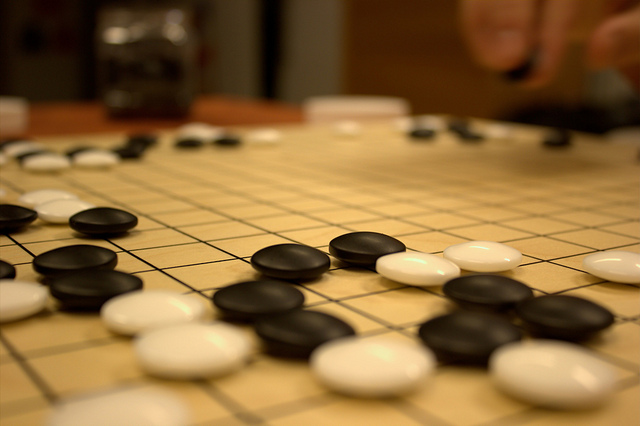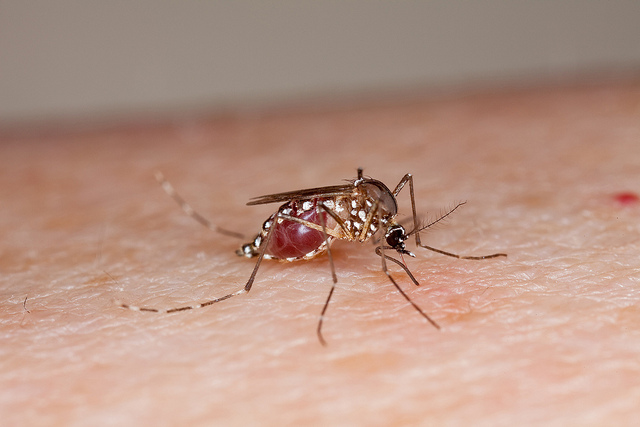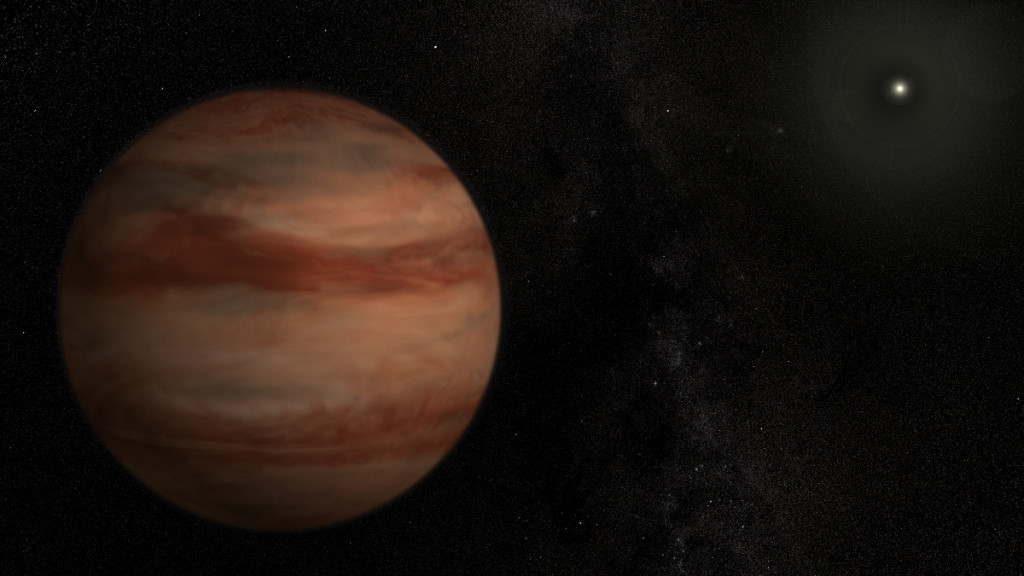We’ve got tons of interesting news this week, from Google’s new AI gaming feat to the latest virus mosquitos are spreading, it’s all here, so let’s get started.
***
Go Google

Back in December it was revealed that both Facebook and Google were racing to be the first to “solve Go” — to develop AI capable of mastering the ancient strategy game prized for its incredible variety of possible games. Now it appears that Google had already beat Facebook to the punch. In a paper published this week in the journal Nature — and submitted back in November — the Google DeepMind team reports that their algorithm has beaten the reigning European Go champion five games to zero. Google reports on its blog that there are roughly 10170 possible positions, “more than the number of atoms in the universe,” and a whole whopping load more than chess. The sheer number of possible solutions makes it impossible to use the same tactic as chess, creating tree diagrams for every possible occurrence and calculating the optimal move knowing all the possibilities. Instead, the team created a series of twelve neural networks to interact with one another — for example one to predict the opponent’s next move and another to predict the winner of the game — and fed through the system 30 million moves from human-played games. After that, they had it play against itself for a long time to “improve its game” until the resulting system could beat humans reliably. It’s a real feat of engineering, and another step toward the coming of our (hopefully benevolent) robot overlords. Check out Google’s blog or the paper in Nature for more.
Zika

The spread of the Zika virus has been on everyone’s mind this week after the CDC issued a travel advisory for fourteen countries in Central and South America and the Caribbean. It has come to light that, even though the symptoms of the virus are mild, the mosquito-borne pathogen seems to have caused a spike in cases of a serious birth defect known as microcephaly, and as a result the CDC is warning women who are pregnant or who are actively trying to become pregnant to stay away from the specified countries. Zika was first discovered in Uganda in 1947, passing through Asia and into Micronesia by 2007. In 2013 it found its way to French Polynesia where health professionals first noted the possible link with microcephaly, and now it is endemic to the warmer parts of the Americas. Right now, Zika is only spread from infected human to infected human (with no known animal reservoir) by a specific kind of mosquito, the Aedes Aegypti mosquito, whose populations are at an all-time high in the US this year — despite having nearly wiped them out in the mid-20th century. The mosquito loves us humans, but more especially our garbage — tires, wrappers, bottles — and the little puddles of water that it generates, so in developing countries it’s very hard to control. At present scientists aren’t sure what the link is between Zika and microcephaly, whether it’s a low or high risk, or if there are other factors. Nevertheless, NBC is reporting that we could have a Zika vaccine in human trials by the end of the year. Science Friday has an interview with Michael Osterolm, an infectious disease specialist, if you want a great ten-minute explainer.
A Distant Planet

If you thought that Planet Nine’s predicted orbit was far from the sun at between 500 and 1200 AU (500-1200 times the distance from Earth to the Sun), the latest news out of the Royal Astronomical Society will thoroughly blow your mind. In a blog post on Tuesday they reported that a gas giant 107 light years from Earth appears to be orbiting its star at a whopping 7000 AU. That’s a solid trillion kilometers away, or roughly a tenth of a light-year. For comparison, it takes light roughly four hours to get to Pluto from our sun. It takes five weeks for light to get from the star to its planet! The gas giant is truly massive, too: 11.6 to 15 times the mass of Jupiter, and so big it’s on the verge of being classed as a brown dwarf. It was discovered a couple of years ago in an infrared sky survey, and it’s only recently that astronomers have realized the planet and its star are connected, as they seem to be moving through space together. So if you ever feel bad for Planet Nine and its lonely journey (if it’s there, of course) just remember there are further things indeed. There’s more to the story over at the Royal Astronomical Society.
ICYMI
In case you missed anything here this week, here’s the rundown of what we got up to!
- Monday’s Sweigart Report brought us news of a man whose gaze “heals” all ills
- On Tuesday I explained how the new browser Brave might help internet content providers
- On Wednesday I couldn’t help myself but talk about that rapper who thinks the Earth is flat
- On Thursday I cheered everyone up by explaining how close to annihilating ourselves we are, and
- On Friday Lindsey talked about how dress codes shame and embarrass women into patriarchal conformity
If you missed any of them, go check them out now: you won’t be disappointed!
Best of the Rest
It’s time for your weekly linkspam!
- So as not to get your hopes too high Mike Brown has explained on his blog all the reasons Planet Nine might not exist
- SpaceFlight Now reports that there’s plenty of water ice in Pluto’s bedrock
- NPR reports that after 30 years, Challenger engineer Bob Ebeling still blames himself for the accident
- MIT has won SpaceX’s hyperloop competition (and Elon himself showed up)
- Jalopnik reports that Tesla isn’t just going to introduce one “affordable” electric vehicle, but two, and
- In a massive win for feminism in America, the grand jury appointed to investigate Planned Parenthood has indicted the anti-abortion activists responsible for faking videos about how the organization allegedly “sold baby parts”
That’s all for this week. Remember, I only get paid in my own (and your) enthusiasm, so please like This Week In Tomorrow on Facebook, follow me on Twitter @TWITomorrow, and tell your friends about the site! Have a great week.
